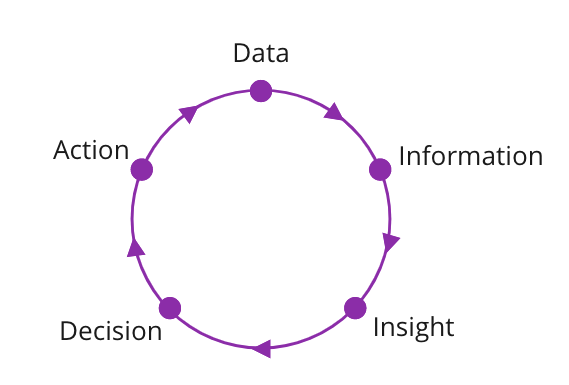The analytical and operational planes (Optional)
Throughout Data Mesh you'll hear a lot of references to analytical data and operational data. Looking back to the Data Mesh introduction, we see that it is a paradigm shift in analytical data management at scale. Let's dive into how those types of data are different, and how Data Mesh works to bring them closer together.
Operational data
Operational data is data that are produced by the day-to-day operations of the business. Operational systems may change the data, updating the state of the data to represent the latest current values within a system (e.g. CRUD through transacstions). The data in this space is often transactional in nature and optimised for applications / services to interact with.
Analytical data
Analytical data on the other hand is often more complex than operational data. It is the data that are used to make business decisions - it remains read-only and historic. This data is optimised for analytical logic so would be aggregated or structured in such a way so as to answer particular business questions (i.e. not a raw transaction log).
Bringing them together
Traditionally organisations would use ETL processes to move across their data that was generated by operational systems to ship it to the analytical space. Once in the analytical space, the data would be used to answer data-consumers' questions or provide insights to those consumers. The consumers would then be able to act on those insights.
This process of moving through the phases of Data > Information > Insight > Decision > Action is known as the cycle of intelligence. In order to improve how well value is being realised from data, we would work to reduce friction in this cycle, making the cycle provide as fast feedback as possible. Data Mesh as an approach pushes to do this by bringing the source systems and their consumers closer together. To reduce the distance between our producers and consumers, we also need to bring the operational and analytical planes into closer alignment.

To learn more about the cycle of intelligence, read Intelligent Enterprise Series.